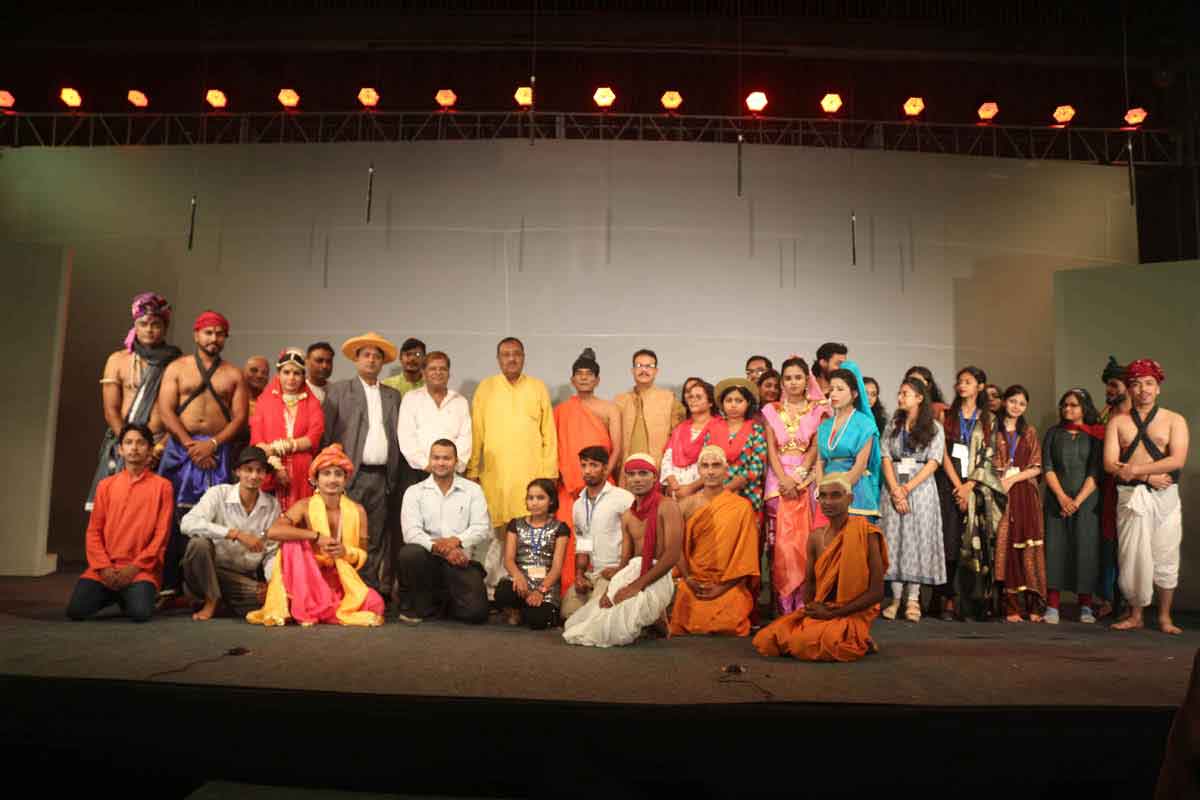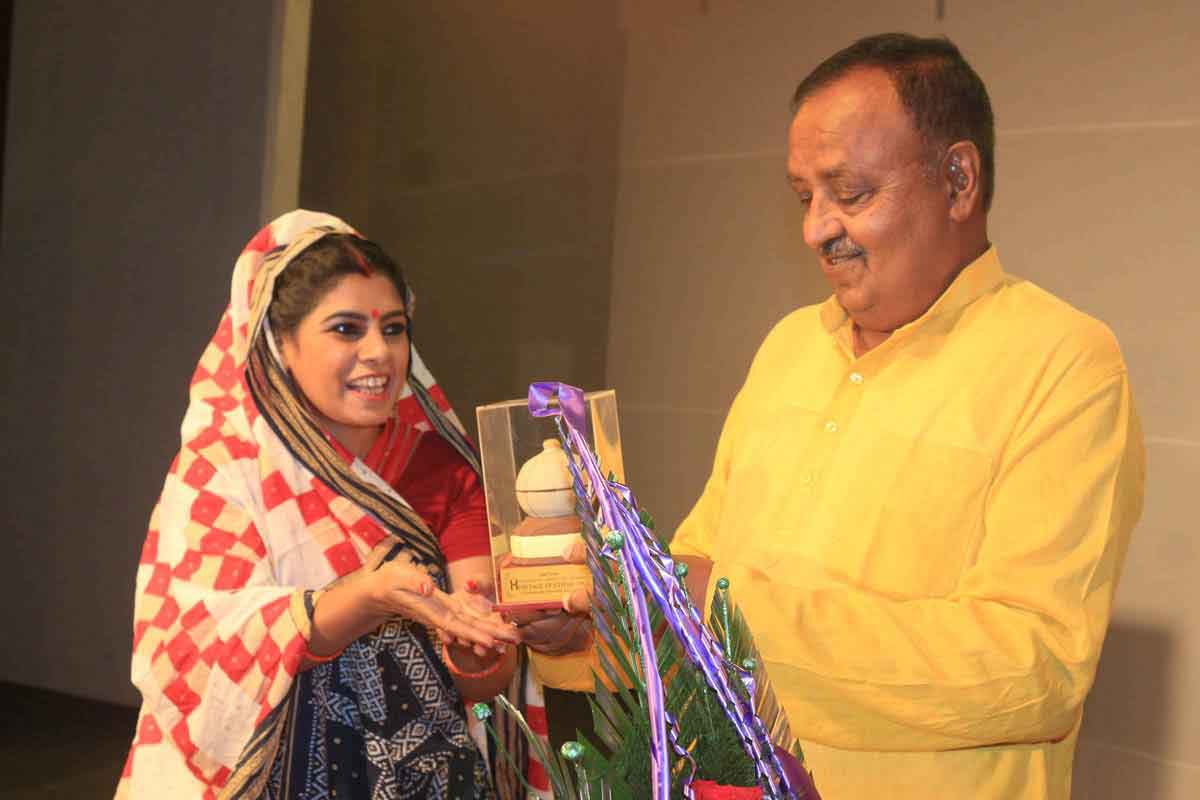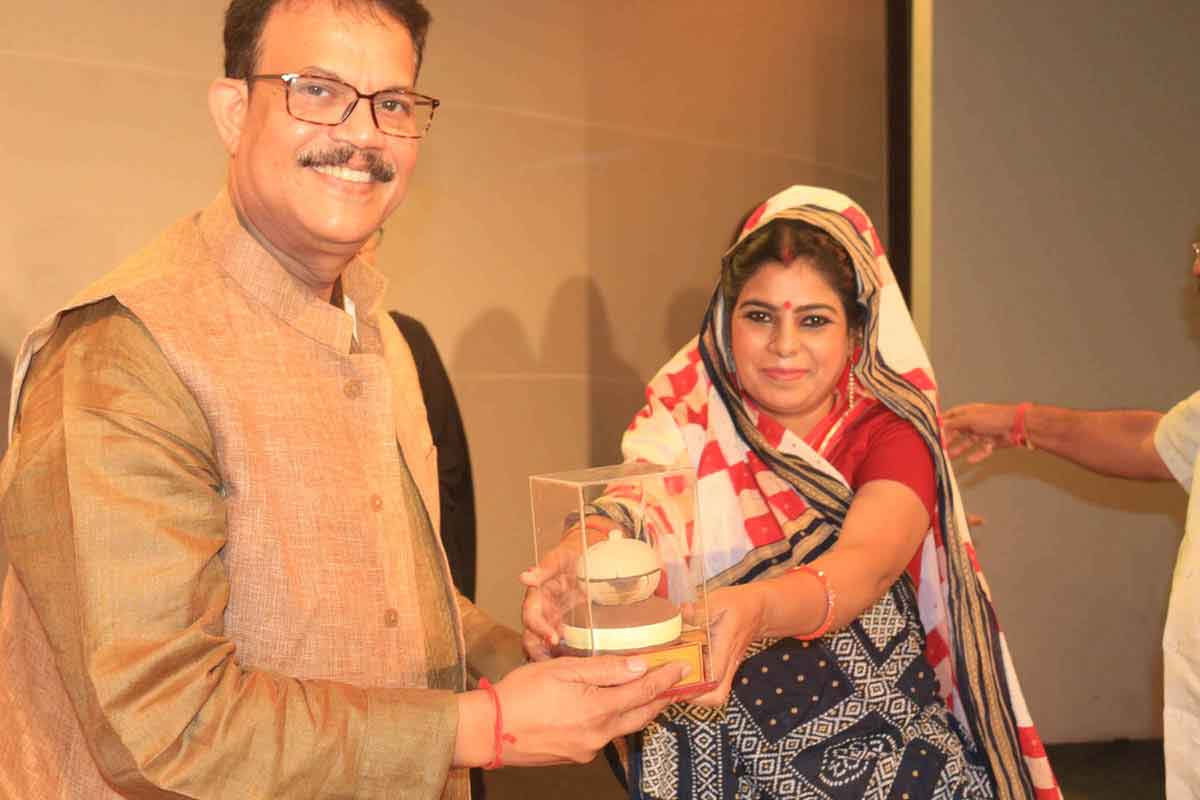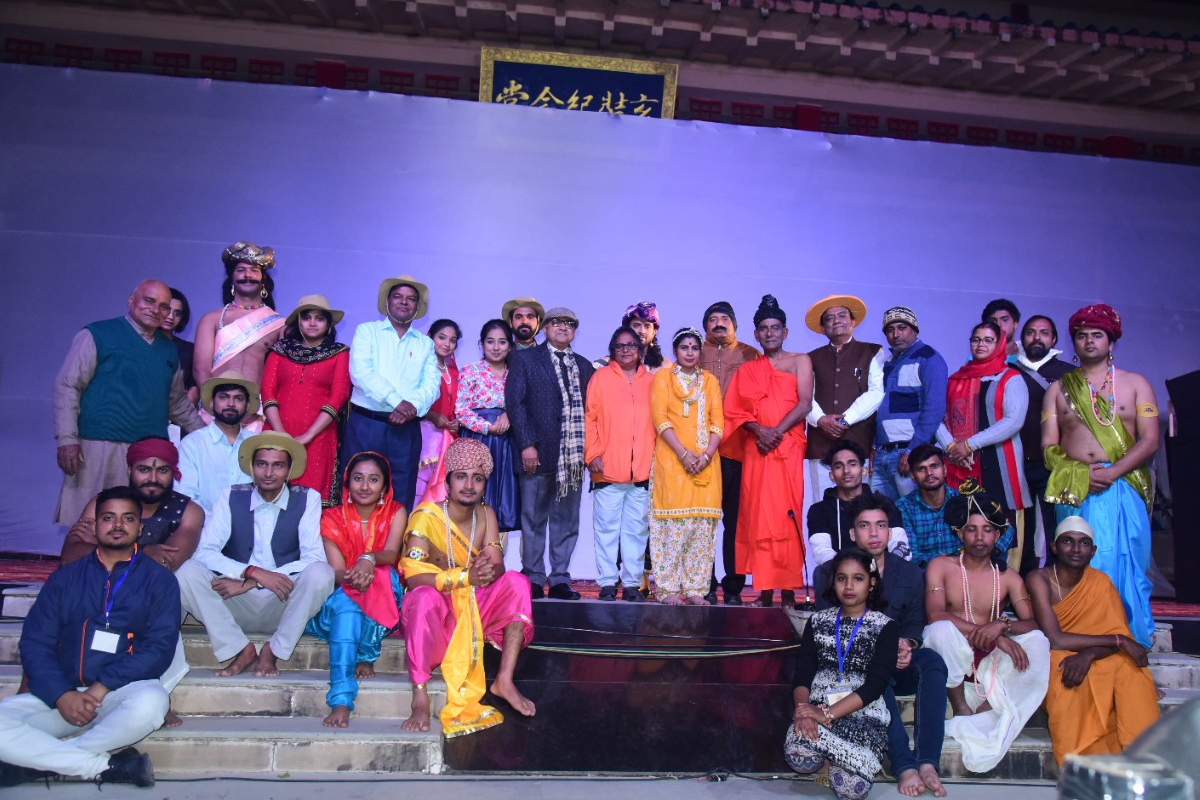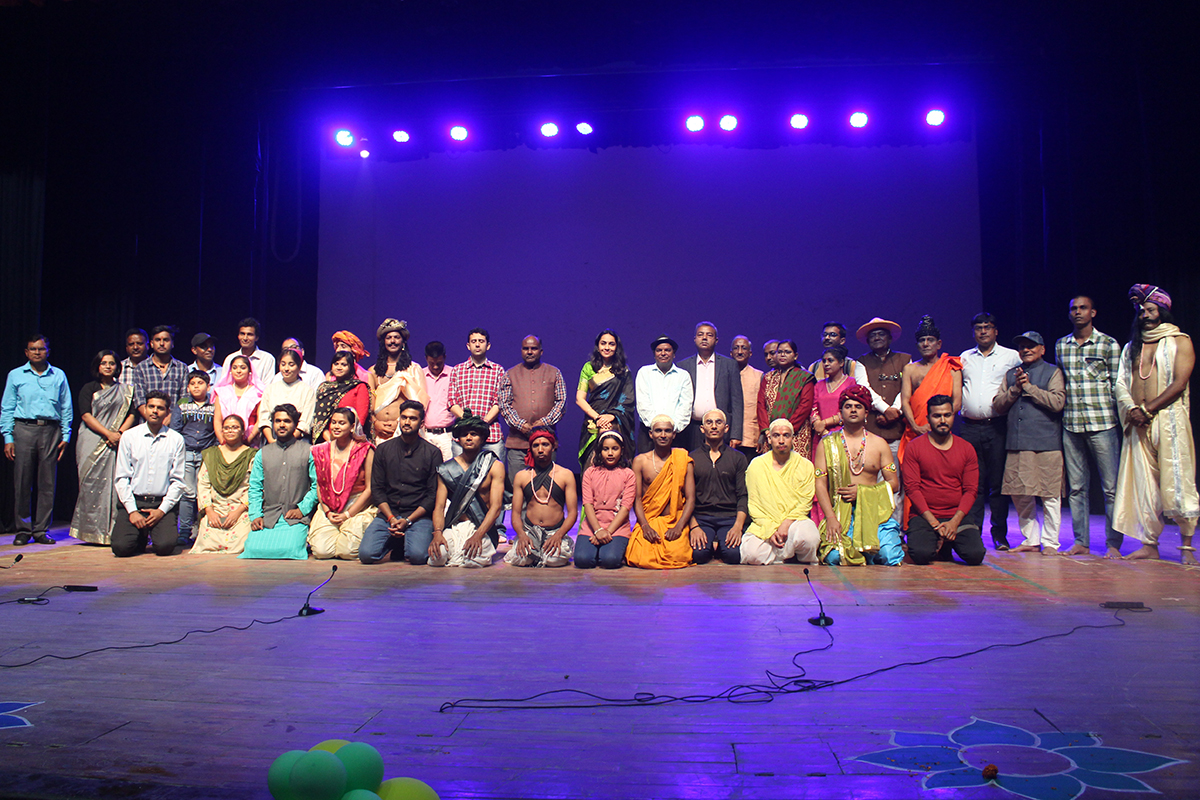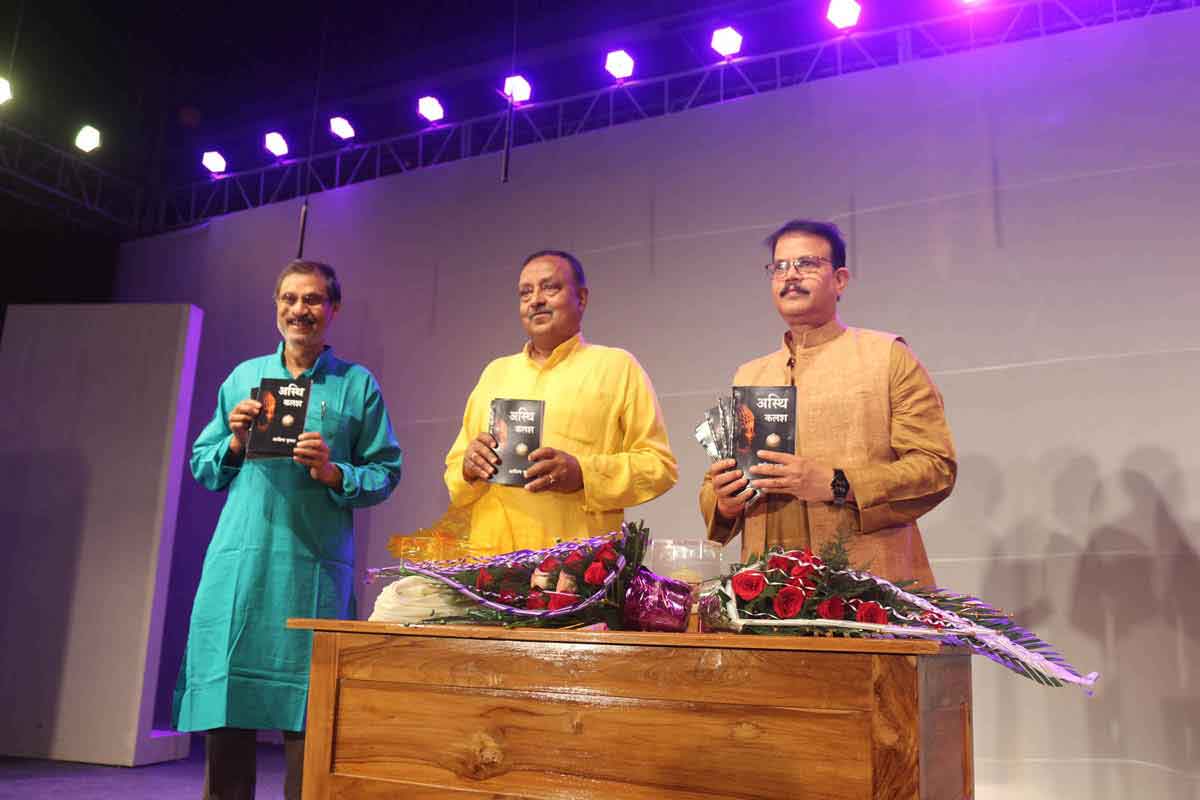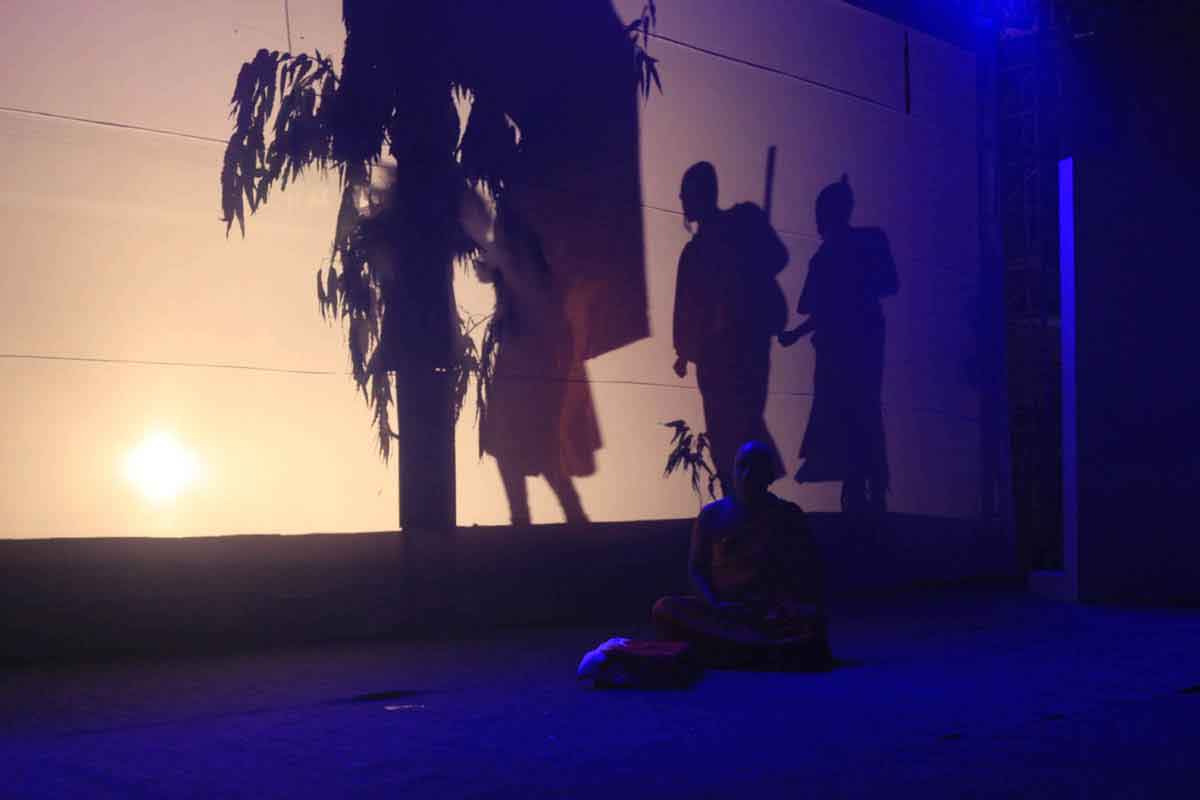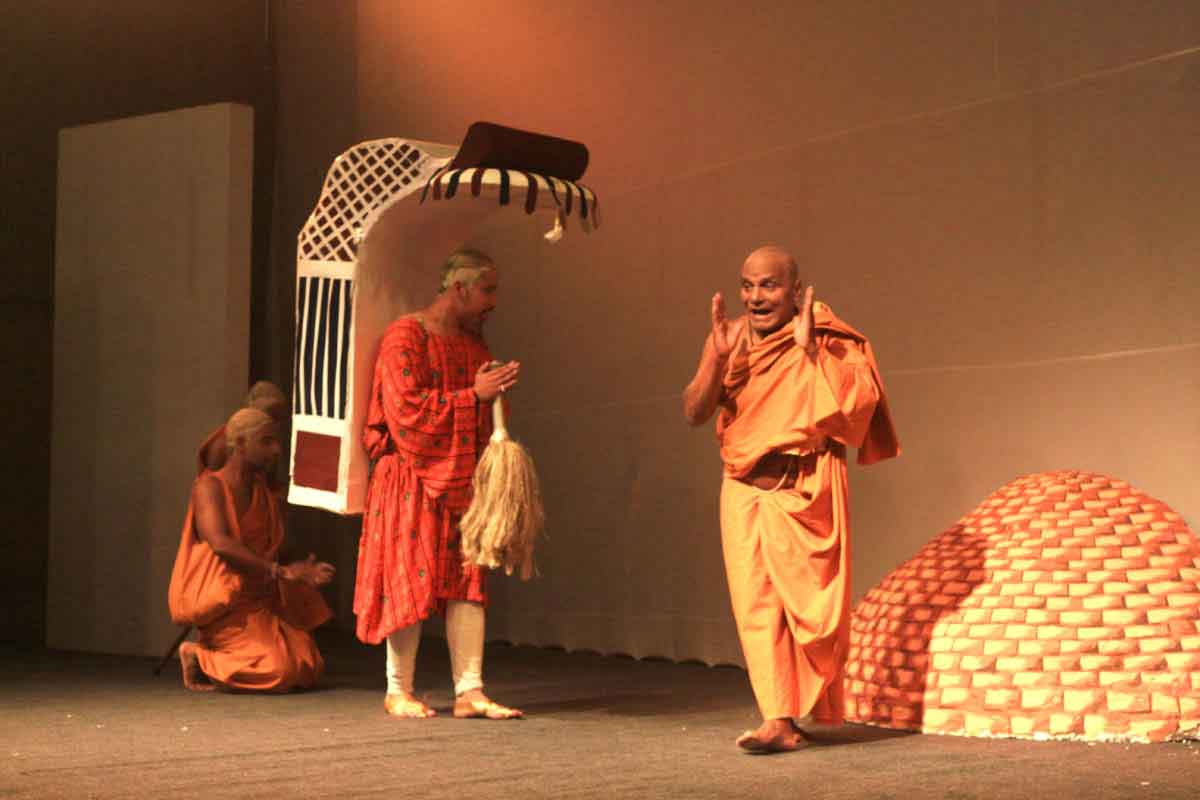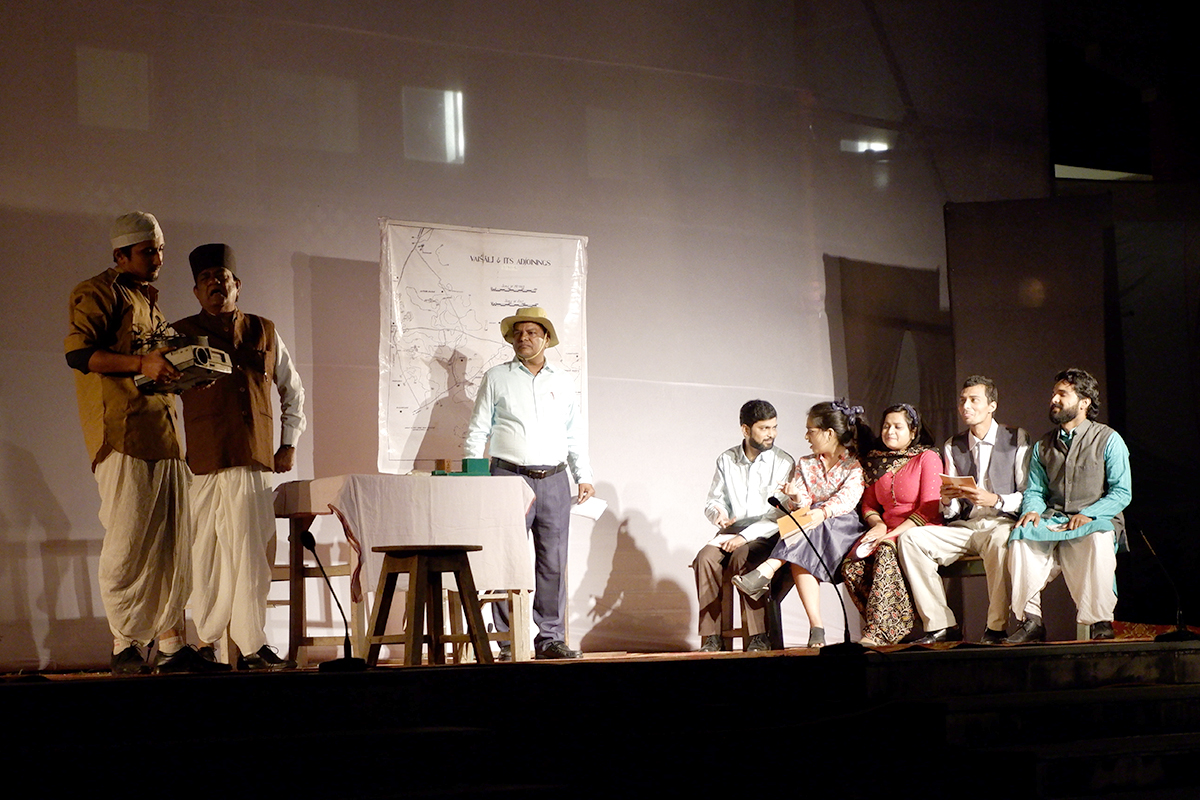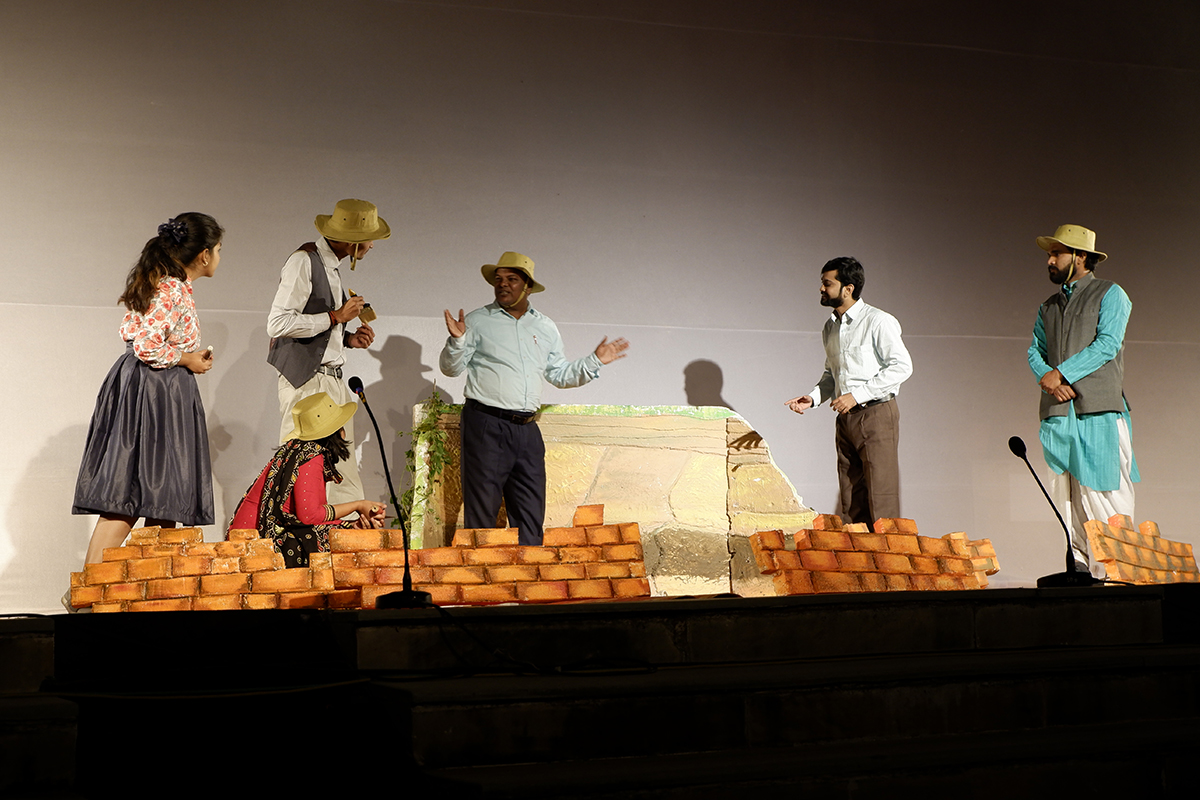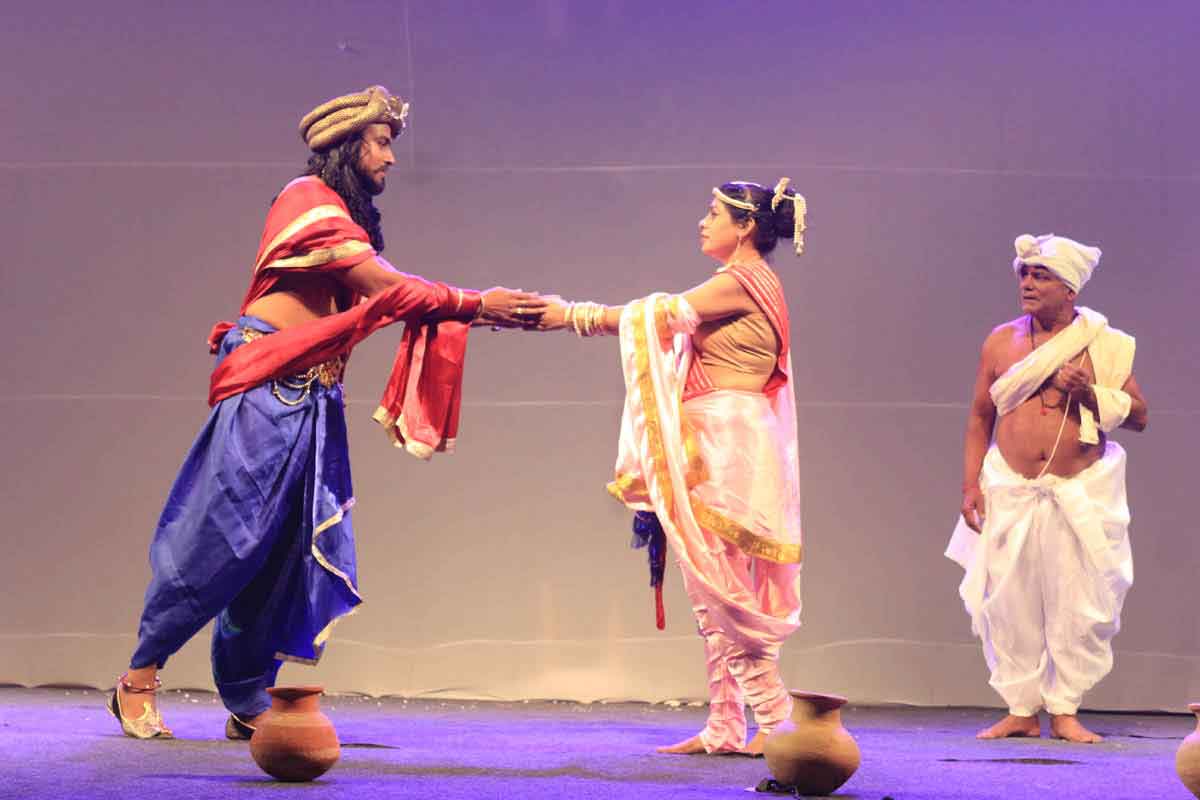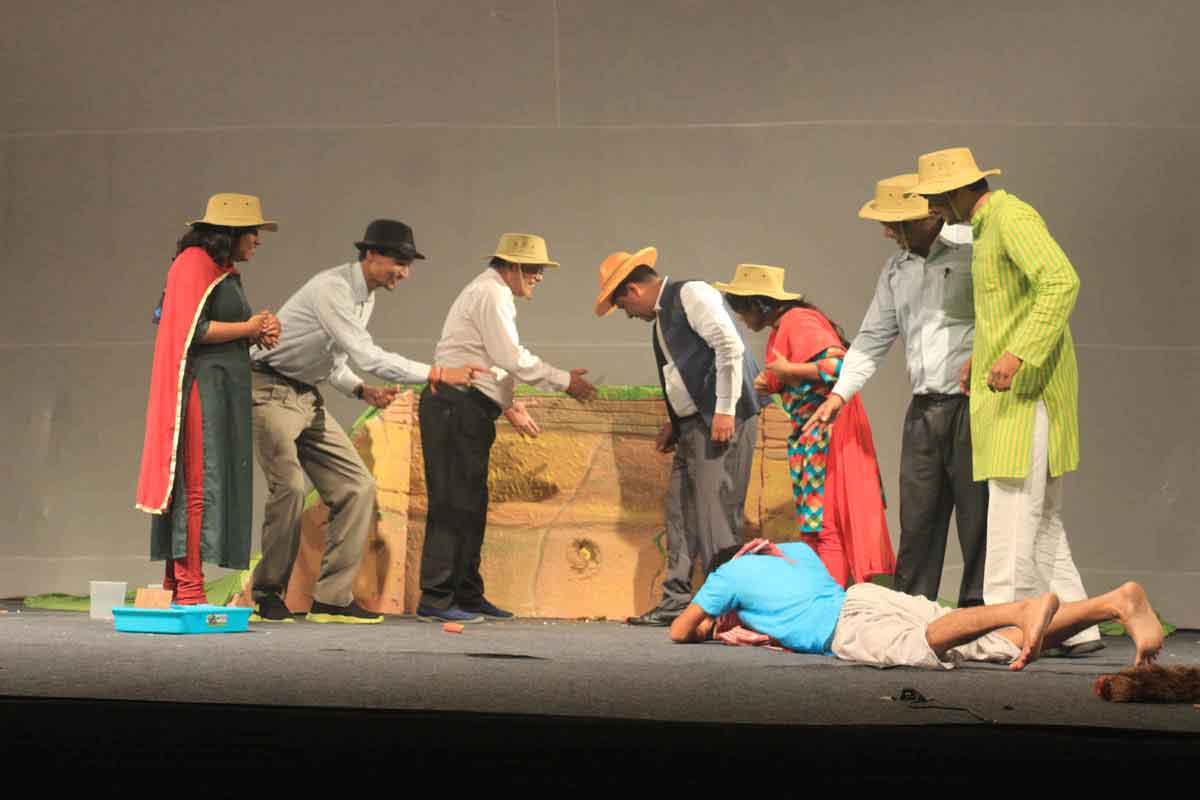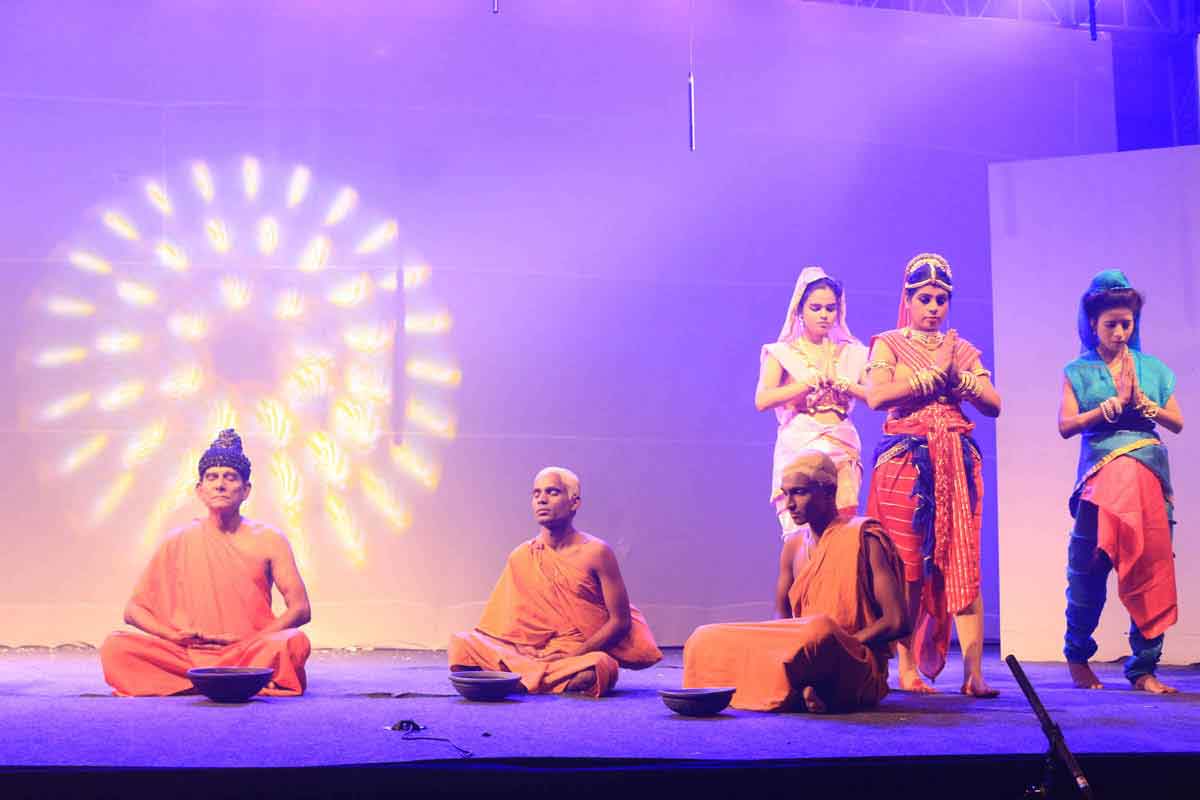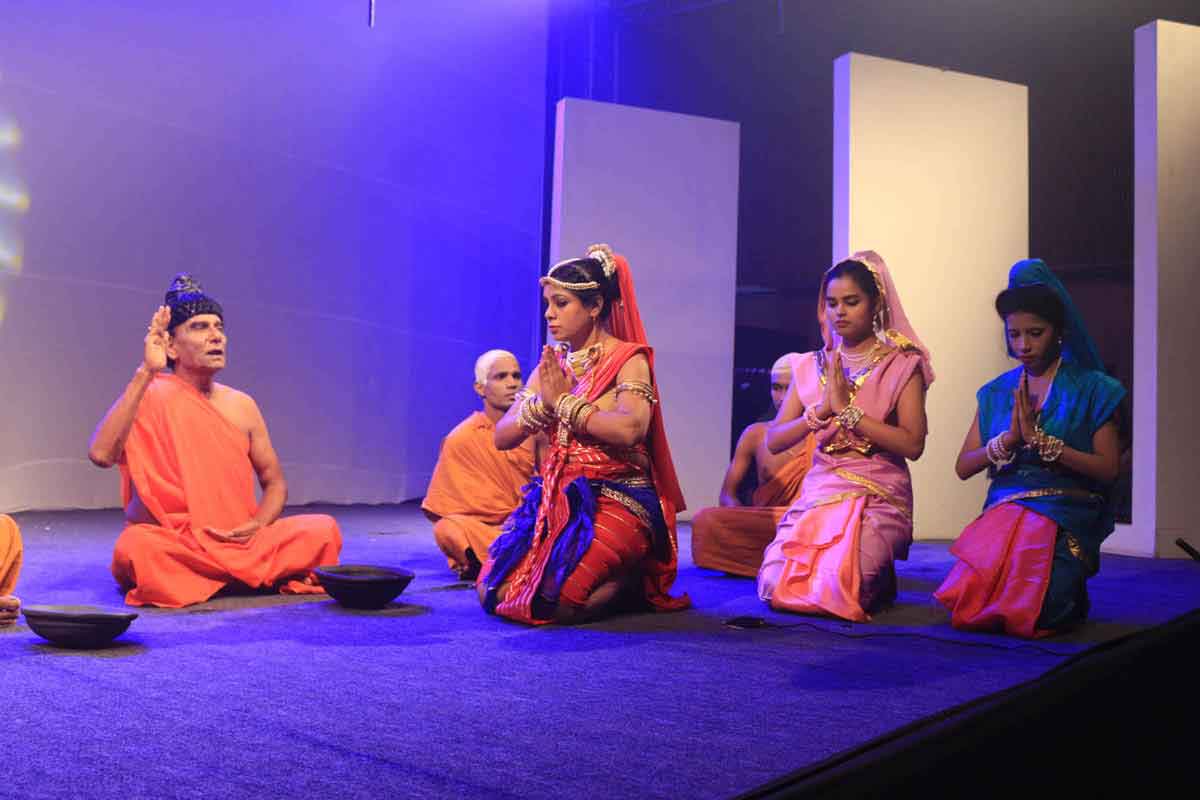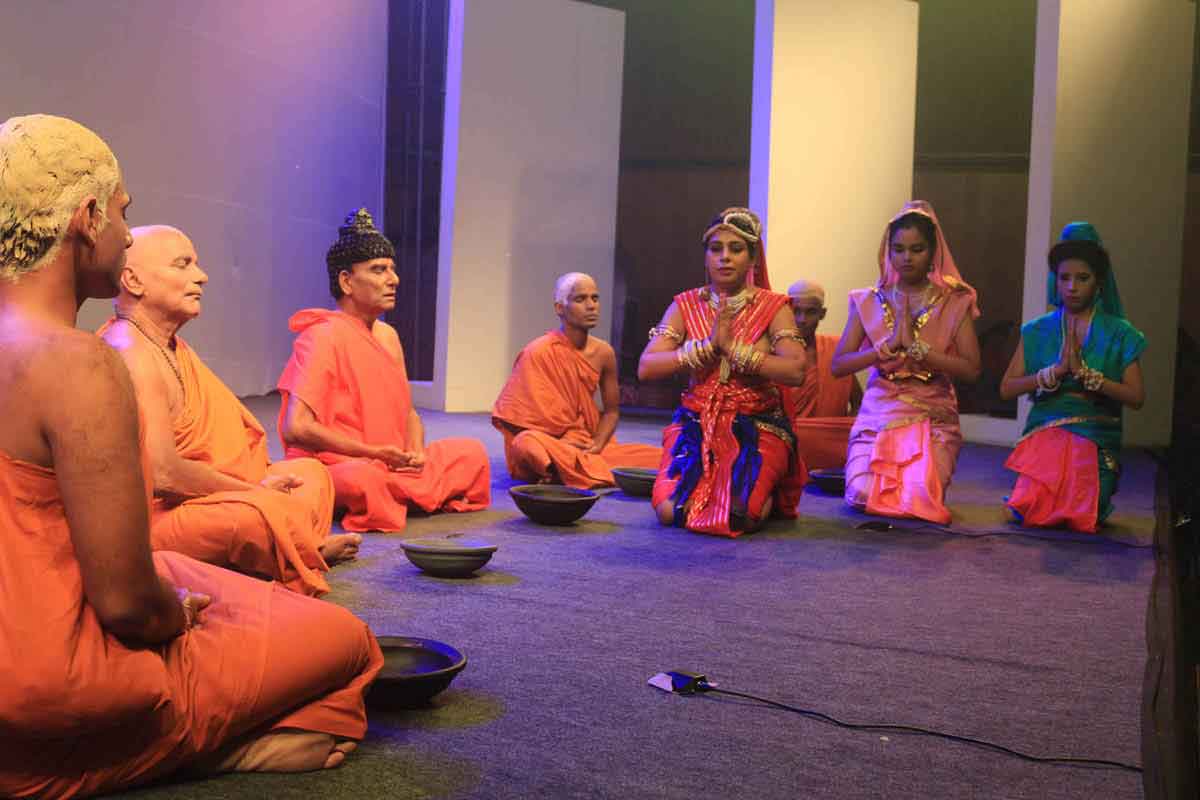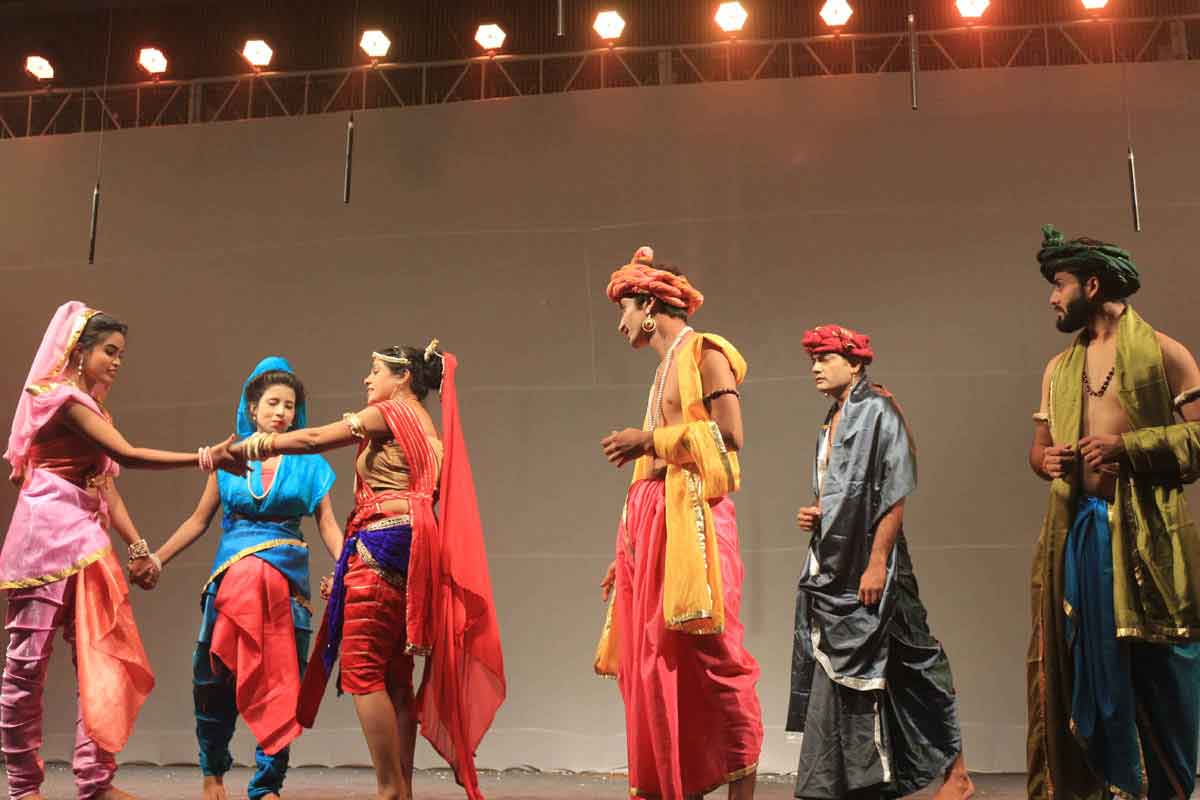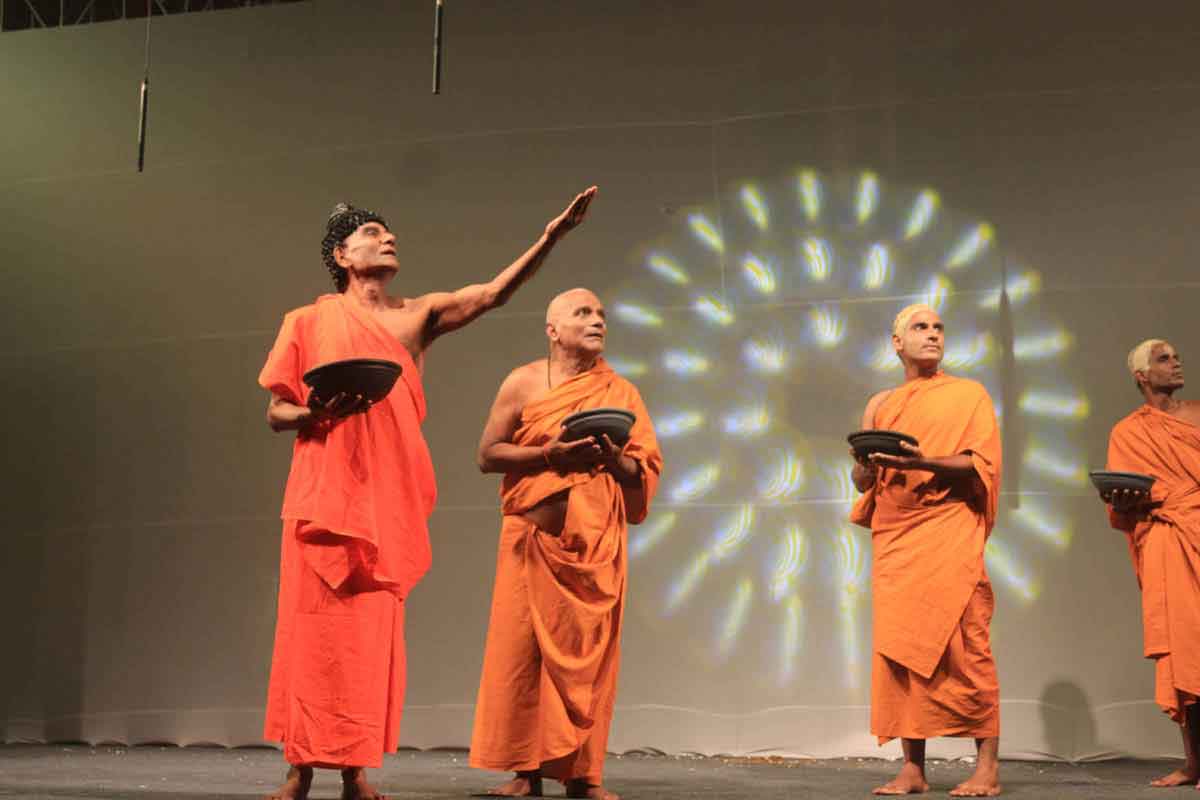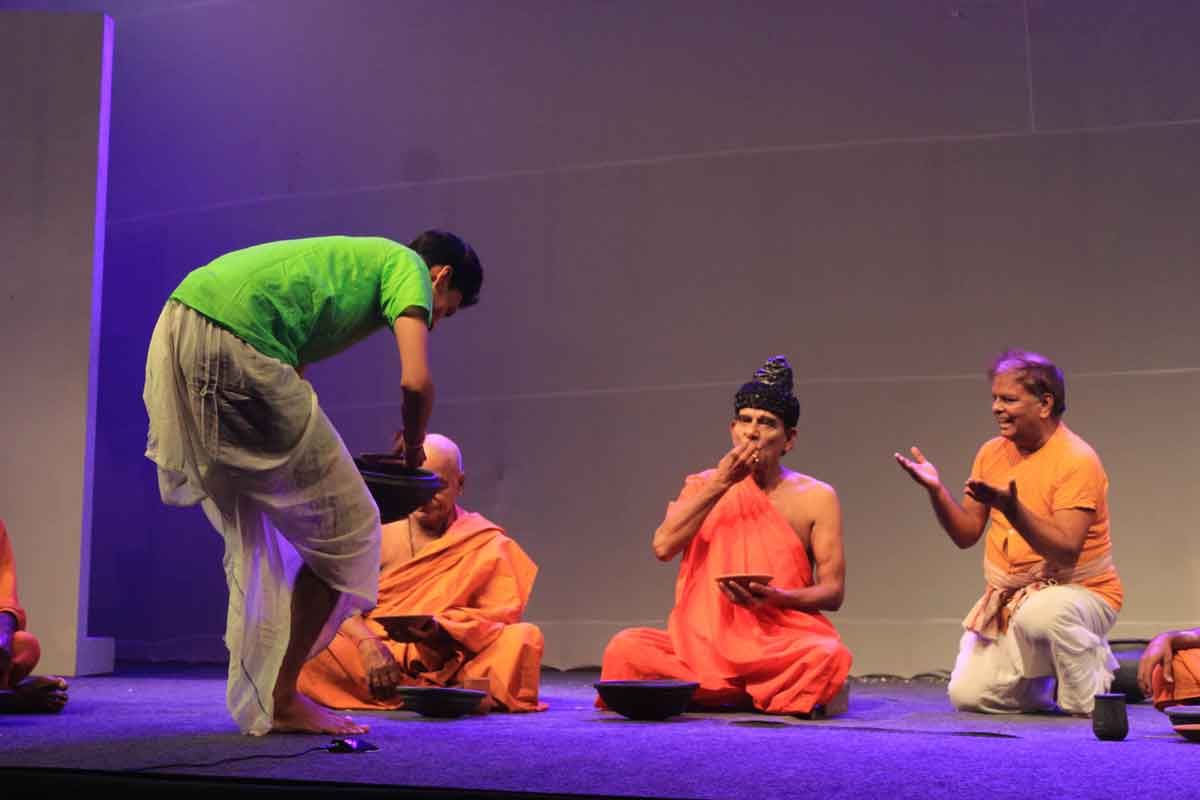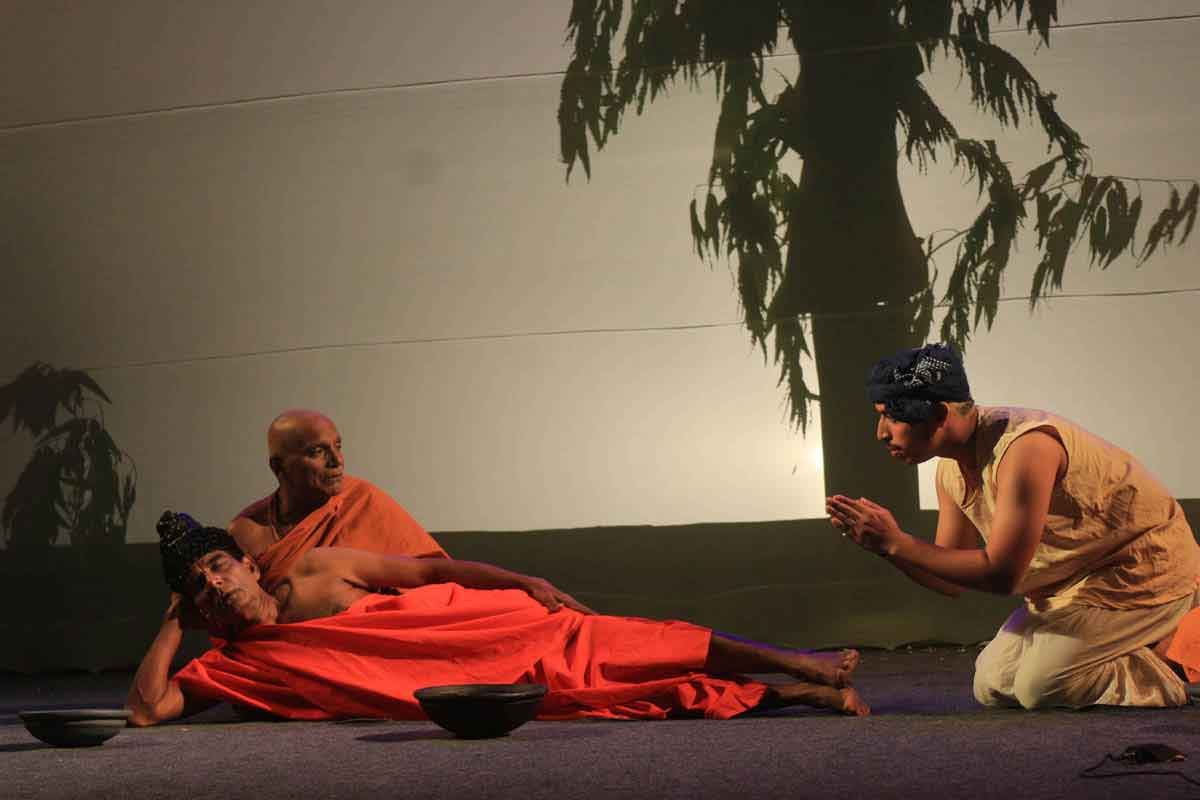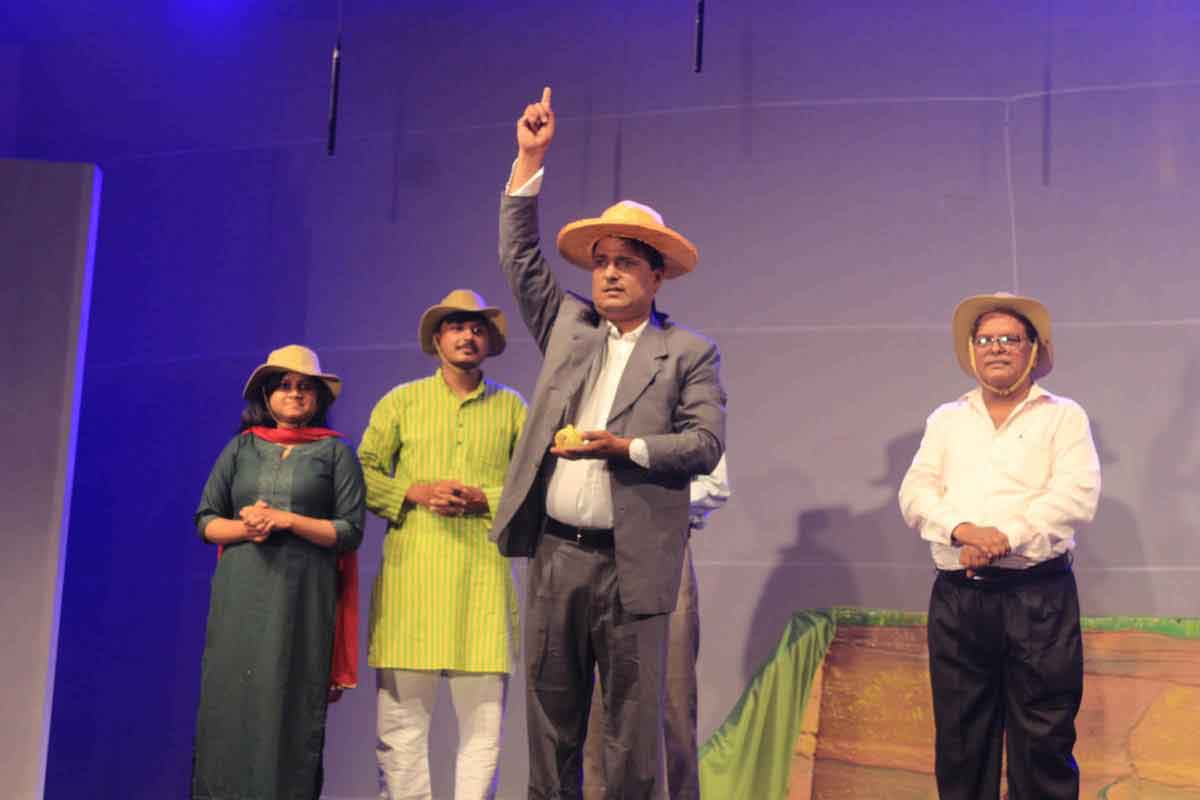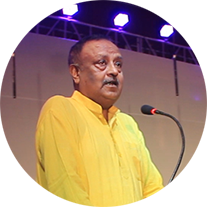
Advisor to CM Bihar.
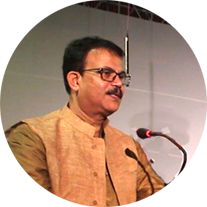
Joint Director General, ASI, New Delhi
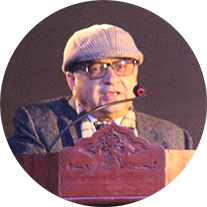
Eminent Indologist & Vice Chancellor, Nava Nalanda Mahavihara, Nalanda.
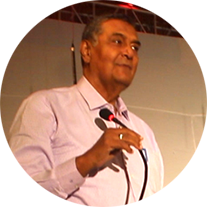
Historian &Former Head of the Department of History, LNMU, Darbhanga, Bihar

SA, ASI, Patna Circle.
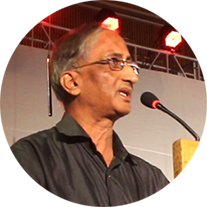
SA (rtd.), ASI, Patna Circle.
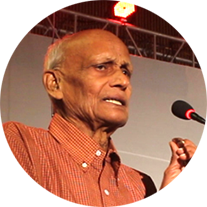
Eminent Art Historian of India, Former Director, K. P. Jayaswal, Research Institute, Patna.
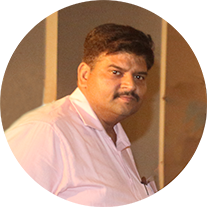
Museologist, Archaeologist & Additional Director, Patna Museum, Patna
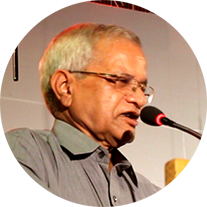
Historian, Former Head of the Dept. of History, Patna University, Patna, Bihar.
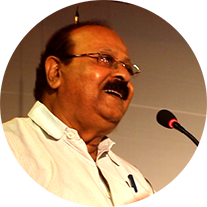
Museologist & Historian, Director Museums (Rtd.), Bihar.
- Popularizing information about tangible and intangible cultural heritages among new generation who are drifting away from their aboriginal cultural traditions because of ignorance and lack of schematic cultural education.
- Rejuvenating Indian theatre as a popular medium of education and also as a marketable profession.
The drama showcases the historical events pertaining to the four historical periods of ancient India, the 5th century BCE, the 3rd century BCE, the 7th century CE and the 20th century CE; through which the corporeal remains of the Buddha journeyed after his death in 483 BCE from Kushinagar to the Patna Museum’s Buddha Relic Gallery in 1958.
Divided in to fifteen small scenes, the drama informs the audience about the followings:
- The process of identifying a historical site, laying of trenches, tools used in archaeological excavations, the techniques of excavation and method of dating different cultural layers exposed in the excavation (on the basis of the pot-shreds and other time-specific antiquities which are found in the layers), etc.; in context of the 1958 excavation of Relic Stupa at Vaishali.
- The story of the Last Journey of Buddha one year prier to his death in the 5th century BC, which includes:
- His visit to Vaishali where he accepts the meal and the donation of mango orchard offered by Ambapali, the most romantic character of ancient Indian history.
- His visit to Pava where he took his Last Meal in the house of Chunda, the smith; and,
- His Mahaparinirvana in 483 BC at Kushinagar in the Upavattan Sal Grove.
- The historical episode of the distribution of the Buddha’s corporeal remains among eight kings and clans of India (one of which was the Lichchhavis of Vaishali) by a brahmin named Drona after the death of the Buddha. This event is so popular in Buddhist tradition that a number of ancient artistic depiction of the same is found world-over, the most famous being the ‘War for Relic’, the relief carved on the rear bottom architrave of the south gate of Stupa No. 1, Sanchi, India.
- Building of stupa over their share of relic by the Lichchhavis of Vaishali soon after the death of the Buddha.
- Collection of the relic from all but one sharira-stupa by the Emperor Ashoka and redistribution of the same into 84000 stupas by him, in the 3rd century BC.
- Hiuen Tsang’s visit of Vaishali in 7th century BC and the description of the location of Relic Stupa as per his travelogue Su-Yu-Ki.
- The discovery of the lost Relic Stupa at Vaishali in 1958 by Dr. Anant Sadashiv Altekar and retrieval of a Relic Casket presently exhibited and preserved in Patna Museum, Patna.
As a preacher, Buddha was perhaps the most popular saint in history who, in his life time, gained far and wide popularity and enjoyed incomparable love and affection of the people. He was so loved and revered by the kings and tribe-heads of the time that after his death, there arose a war-like situation among different clans and kings of India for the share of his corporeal relics.
Finally, the Corporeal Relics of Buddha was divided in eight parts and distributed among the contenders who built eight stupas called Sharira Stupas, over their shares in their respective homelands. The story of this dispute and the distribution of the relic of Buddha has been carried down through ages by tradition, and became so popular that a scene depicting the ‘war for relic of Buddha outside Kushinagar fort' has been carved on the rear bottom architrave of the South Gate of Stupa No. 1, at Sanchi.

Rear Bottom Architrave, South Gate, Stupa No. 1, Sanchi
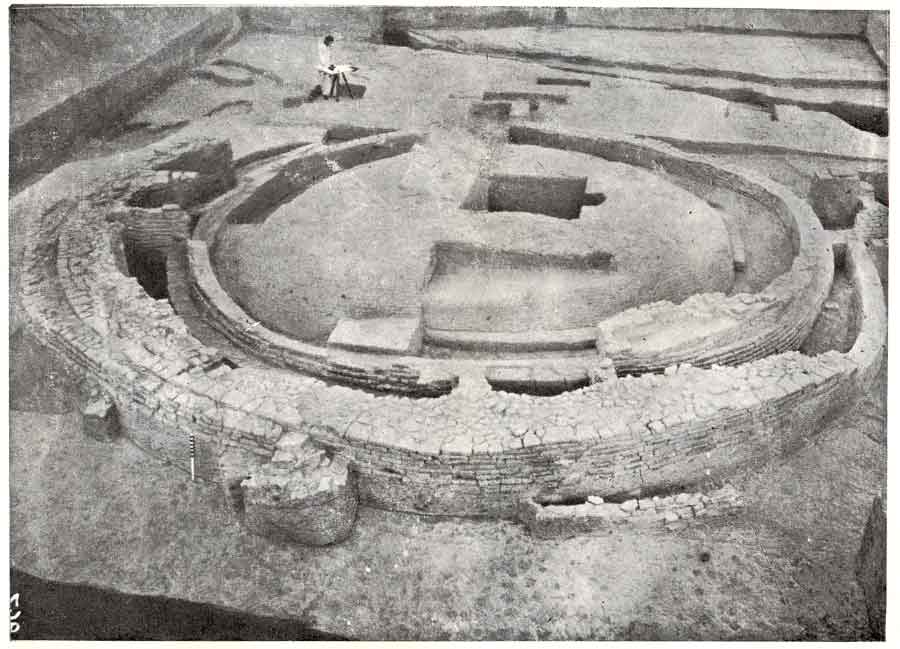
Excavated Vaishali Stupa
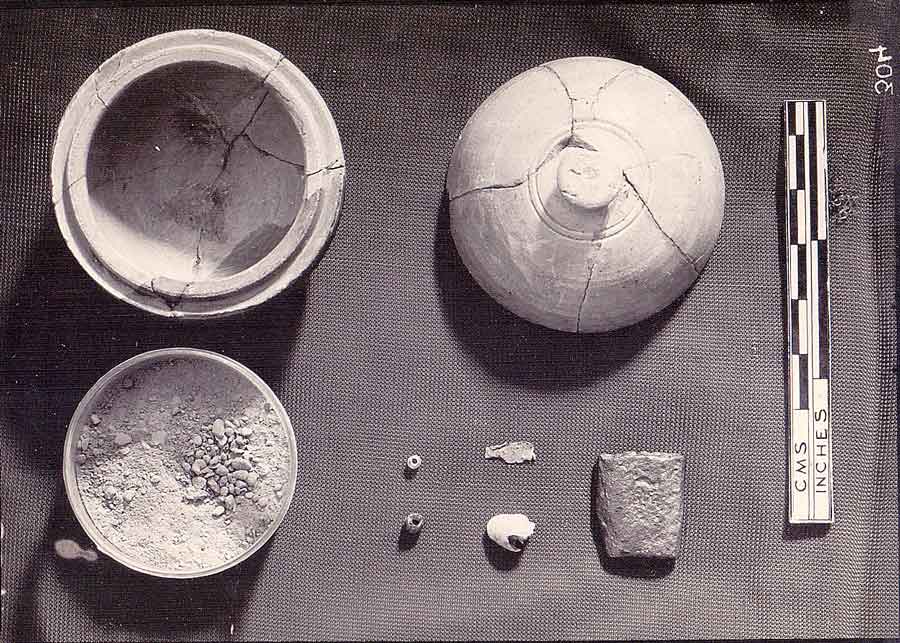
Relic Casket an Its Contents
- Schumann, Hans Wolfgang (2003), The Historical Buddha……” (Also ‘Buddhism’ by the same author).
- Piya Tan, Mahaparinibbana Sutta, (based on the work of Andre Bareau); 3rd rev. ed. 2008.
- Cunningham, A., ASI Report of Tours in North and South Bihar in 1880-81, Vol. XVI.
- Gordon Wasson, R., “The last meal of the Buddha”, the Journal of the American Oriental Society, 1982 (4), Oct-Dec.
- John Marshall, A Guide to Sanchi, 1918.
- Sharma, J. P. (1968), Republics in Ancient India, Leiden: E. J. Brill.
- Giles, Herbert A., The Travels of Fa-hsien (399–414 A.D.), in Record of the Buddhistic Kingdoms, Cambridge University Press, 1923.
- Beal, Samuel; Su-Yu-Ki, Buddhist Records of the Western World, Vol. I&II, Trubner & Co., London, Popular Edition, 1884.
- Altekar. A. S., The Corporeal Relics of Buddha, JOBRS Vol. II, Buddha Jayanti Special Issue, 1956 (printed later).
- Karam Tej Sarao, Date of the Buddha, Department of Buddhist Studies, University of Delhi.
- Sinha, B. P., Directory of Bihar Archaeology, Bihar Puravid Parishad, 2000.
- Srivastava, K. M., Excavations at Piprahwa & Ganwaria, ASI, 1996.
- Beal Samuel, Fo-Sho-Hing-Tsan-King (The Life of Buddha by Ashwaghosh) (Trans.), Sacred Book of East, Vi. XIX, Ed. By Max Muller, Clarendon Press, Oxford, 1883.
- Smith Vincent A. (compilation), The Itinerary of Yuan-Chwang, Yuwan Chwang’s Travel in India by Waters, R A S London, 1904.
- Waters, Thomas, On Yuwan Chwang’s Travel in India, R A S London, 1904.
- Raman, K. V., Principles & Methods of Archaeology, Parthajan Publication, Madras, 1986.
- Strong John S., The Legend of King Ashoka (A study and translation of Ashokavadana), Princeton University Press 1983.
Previous Shows of the Infodrama
First Show:
FACES Heritage Festival 2021, at Bihar Museum Patna on 23 October 2021
Second Show:
Hiuen Tsang Memorial Celebration, Nav Nalanda Mahavihara (Deemed University, under Ministry of Culture, Govt. of India) on 12 February 20222.
Third Show:
Under aegis of ICCR (Ministry of External Affairs, Govt. of India) on 11 March 2022.
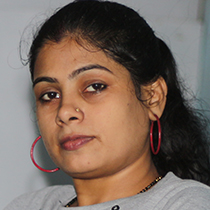
Sunita Bharti
The Director
Characters lived by her in the play are Devi Ambapali, the courtesan of Vaishali & Shanti, wife of an excavation laborer.

Shubham Singh
Team Co-ordinator
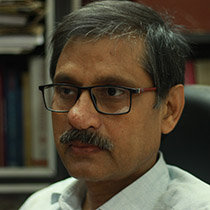
Arvind Kumar
Writer
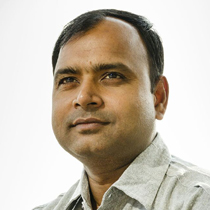
Dr. Shankar Suman
Research Guidance
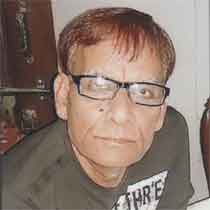
Mithilesh Kumar Sinha
Mahatma Buddha

Azad Shakti
Dr. A. S. Altekar
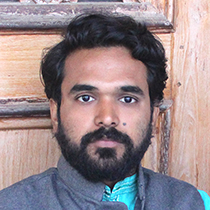
Shubham Singh
Vinay, an Archaeology student, the story narrator.
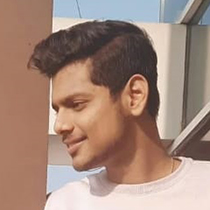
Aarav Sinha
Rajendra, an Archaeology student.
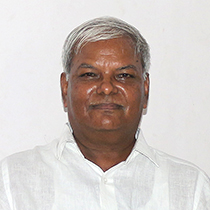
Nand Lal Singh
Dr. Sita Ram Roy, the Excavation Officer in 1958 Excavtion & Chunda.

Ram Lakhan Singh
MahaBhikshu at Vaishali Vihar, RadhGupta, Ananda & Brahmin Drona.

Ashutosh Sarraf
Huen Tsang & Vethdeepak
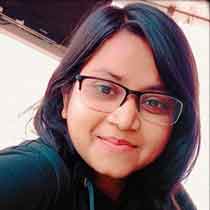
Aarti Sinha
Sony, an Archaeology student
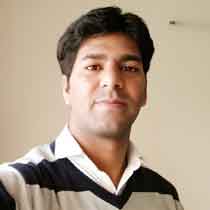
Awadheshwar Das
Ghosh Babu & Malla Raj
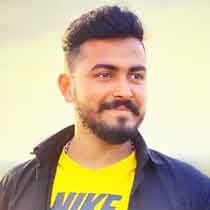
Shubham Singh 'Rajput'
Samrat Ashok & Malla Dandadhar
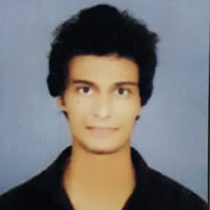
Rohit Kumar
Jayant, an Archaeology student & Son of Chunda
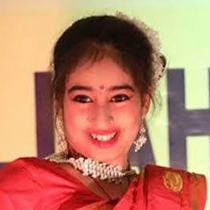
Dhanishtha Nag
Vinita, an Archaeology student.

Niranjan Upadhyay
Jhagadu, Raja & Licchavi Kumar
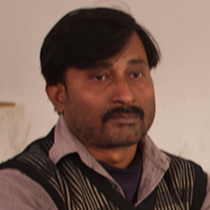
Umang Kumar
Ajatshatru

Shubham Kumar
Lichchhavi Kumar & Subhadda, Malla Attavi Rakkhak

Sumit Kumar
Disciple of Vishali Monk & Bauddh Bikshu

Abhishek
Co-traveler of Huien Tsang & Raja

Amit Khatri
Co-traveler of Huien Tsang, desciple of Buddha and Raja

Sanaya
Madlekha, Maid of Ambpali
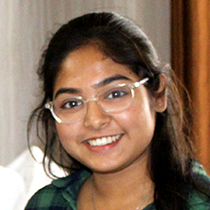
Puja Raj
Shayama, Maid of Ambapali
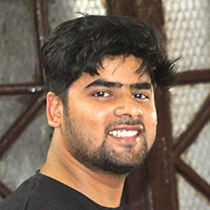
Abhinav Parasar
Excavator, Maurya Dandadhar & Raja
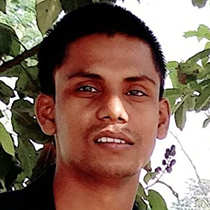
Vipul
Bauddh Bhikshu of Vaishali, Disciple of Buddha, Raja
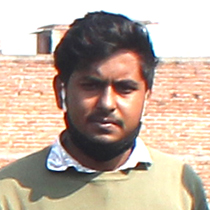
Shivam Singh
Mohan Lal & Raja
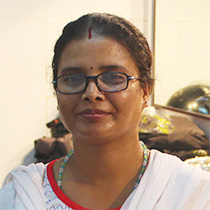
Anju Kumari
Makeup Director
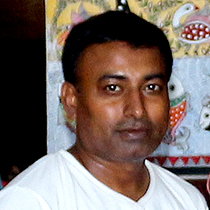
Manoj Mayank
Makeup Artist
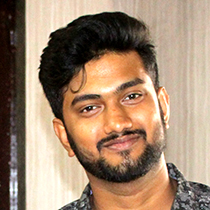
Harsh
Music

Sadre Alam
Technical Advisor & Photography
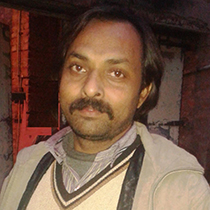
Upendra Kumar
Light

